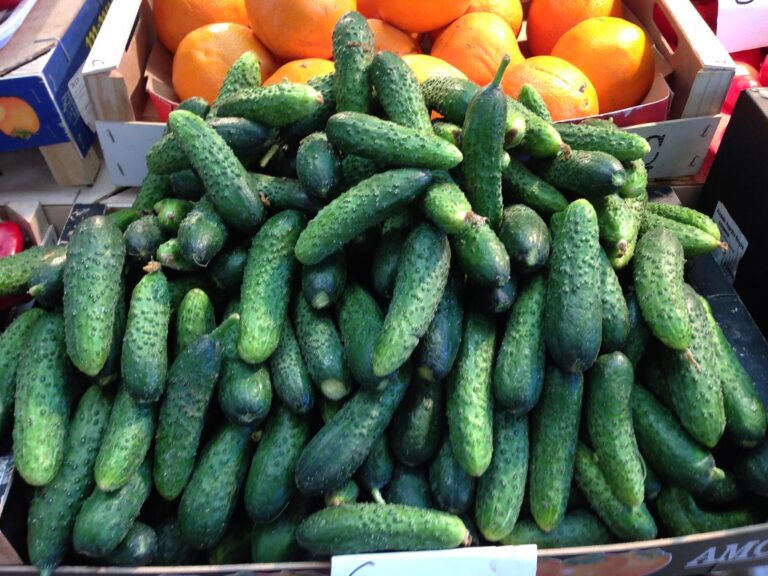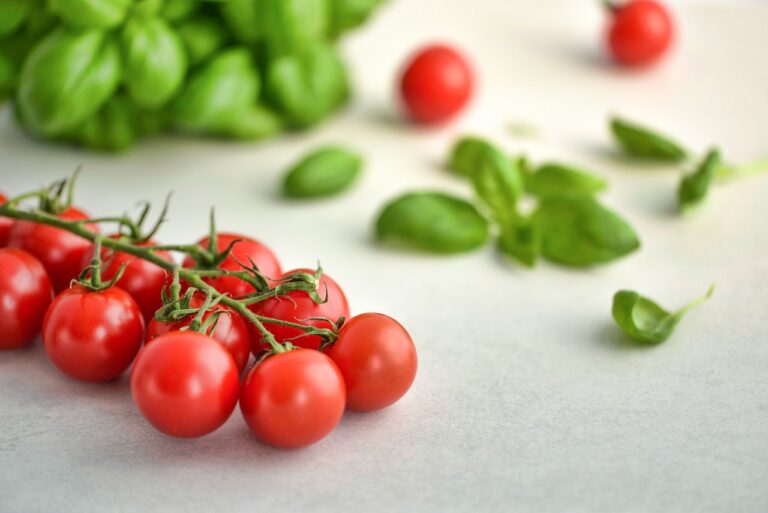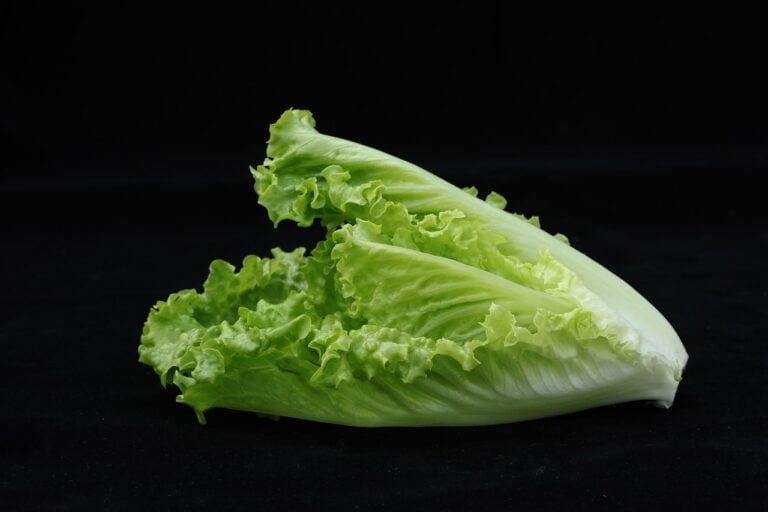A Step-By-Step Guide to Planting Cantaloupe From Seeds
Select the correct cantaloupe seeds by looking for high germination rates and disease resistance. Prepare the planting site by clearing weeds, rocks, and debris, then loosen the soil and check its temperature. Plant the seeds one inch deep in well-drained soil, providing consistent moisture and spacing them properly. Care for your cantaloupe by watering deeply, fertilizing, using mulch, and monitoring for pests. Harvest ripe cantaloupes by observing color changes and a crack near the stem. Guarantee a successful cantaloupe growth with these essential steps for a juicy harvest in your backyard.
Selecting the Right Cantaloupe Seeds
When selecting the right cantaloupe seeds for your garden, it is essential to choose varieties with high germination rates and disease resistance. Opting for hybrid varieties can enhance disease resistance and improve the overall yield of your crop. If you have a shorter growing season, consider early-maturing cantaloupe seeds to guarantee a successful harvest. Additionally, when choosing seeds, factor in your preferences for fruit size, flavor, and texture to align with your taste and needs.
It is vital to follow the instructions on the seed packet regarding planting depth, spacing, and sunlight requirements for the specific cantaloupe variety you choose. Different cultivars may have varying needs, so paying attention to these details will support the healthy growth of your plants. Proper planting depth ensures that the seeds have adequate soil contact for germination, leading to successful plant establishment. Spacing the seeds according to the guidelines helps prevent overcrowding, allowing each plant to access sufficient nutrients and sunlight for the best growth.
Preparing the Planting Site
To prepare the planting site for cantaloupe seeds, make sure a sunny location with well-drained soil rich in organic matter and a pH level of 6.0-6.8 is selected. Here are some essential steps to get the site ready:
- Clear the Area: Remove any weeds, rocks, or debris from the planting site. This guarantees a clean environment for seed germination and prevents competition for resources.
- Soil Preparation: Loosen the soil to a depth of at least 12 inches. This helps the roots penetrate easily and allows for proper aeration. Integrate aged manure or compost into the soil to provide essential nutrients for the cantaloupe plants.
- Check Soil Temperature: Before planting the cantaloupe seeds, make certain that the soil temperature is at least 60°F. Ideal soil temperature is vital for successful seed germination and healthy plant growth.
- Monitor pH Levels: Examine the pH level of the soil to be between 6.0-6.8. Cantaloupes thrive in slightly acidic to neutral soil conditions. Adjust the pH if necessary to create an ideal growing environment for the plants.
Planting Cantaloupe Seeds
After preparing the ideal planting site for cantaloupe seeds, the next step is to plant them 1 inch deep in well-drained, fertile soil. When planting, make sure to space the seeds 18 inches apart within hills that are 3 feet apart. This spacing allows the cantaloupe plants to have enough room to spread out and receive adequate sunlight, water, and nutrients from the soil.
It is essential to provide consistent moisture to the soil for successful germination and early growth of the cantaloupe seeds. Water the seeds regularly, ensuring the soil stays moist but not waterlogged. Cantaloupe seeds typically germinate within 7-10 days when the temperature is above 70°F. Monitor the soil moisture levels closely during this period to support germination.
Once the seedlings have developed true leaves, it’s time to thin them out. Thin the seedlings to allow adequate space for the healthiest and strongest plants to thrive. This process prevents overcrowding, which can lead to competition for resources and hinder plant growth.
Providing Care and Maintenance
For successful growth and development of cantaloupe plants, it is important to provide proper care and maintenance throughout their growing season. Here are some key steps to guarantee the health and productivity of your cantaloupe crop:
- Water deeply: Cantaloupe plants benefit from deep watering to promote strong root development. Provide around 1 to 2 inches of water per week, making sure the soil is moist but not waterlogged.
- Apply balanced fertilizer: Regularly feed your cantaloupe plants with a balanced fertilizer every 3 to 4 weeks to supply them with essential nutrients for robust growth and fruit production.
- Use mulch: Mulching around the base of the plants helps retain soil moisture, suppress weeds, and maintain a consistent soil temperature, which is vital for the healthy development of cantaloupes.
- Monitor for pests and diseases: Keep a close eye on your plants for any signs of pests or diseases. Utilize row covers to protect them from common pests and consider using insecticidal soap when necessary. Additionally, ensure good air circulation around the plants to prevent issues like powdery mildew.
Harvesting Ripe Cantaloupes
To guarantee optimal flavor and sweetness, understanding the exact moment to harvest ripe cantaloupes is vital for reaping the benefits of your hard work in the garden. When the rinds of the cantaloupes change color from green to tan or yellow, it’s a good indicator that they are ready to be picked. Look for a crack near the stem of the cantaloupe; this is a sign of ripeness. In addition, make sure that the vines are dry when harvesting to prevent any damage to the fruit.
Once you have harvested your ripe cantaloupes, you have a window of 5-6 days to store uncut ones at room temperature. If you’ve cut into the fruit, store it in the refrigerator for about 3 days to maintain freshness. It’s worth noting that while cantaloupes do soften after harvesting, they do not continue to sweeten once off the vine. Hence, picking them at the peak of ripeness is crucial for the best flavor.






